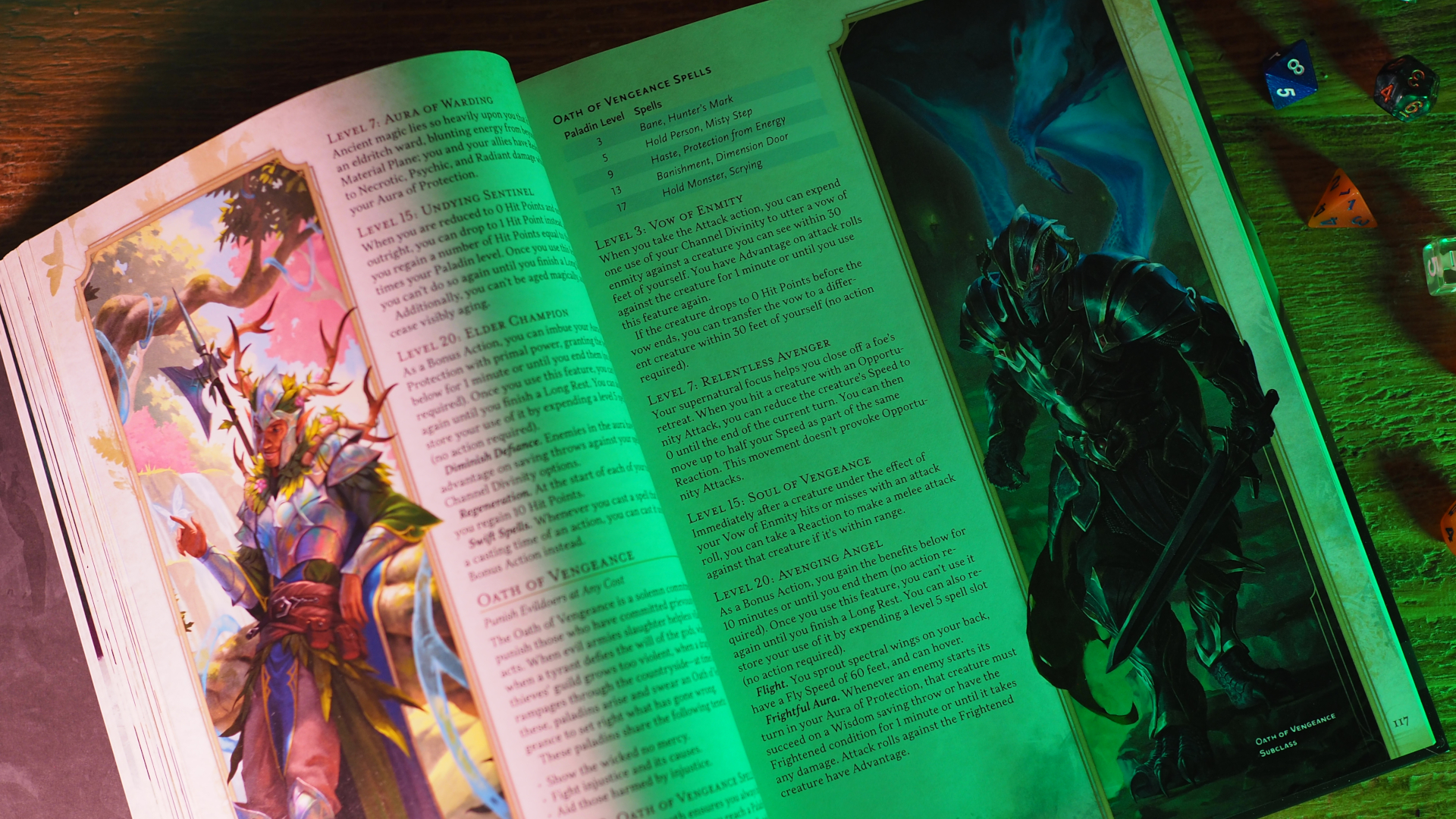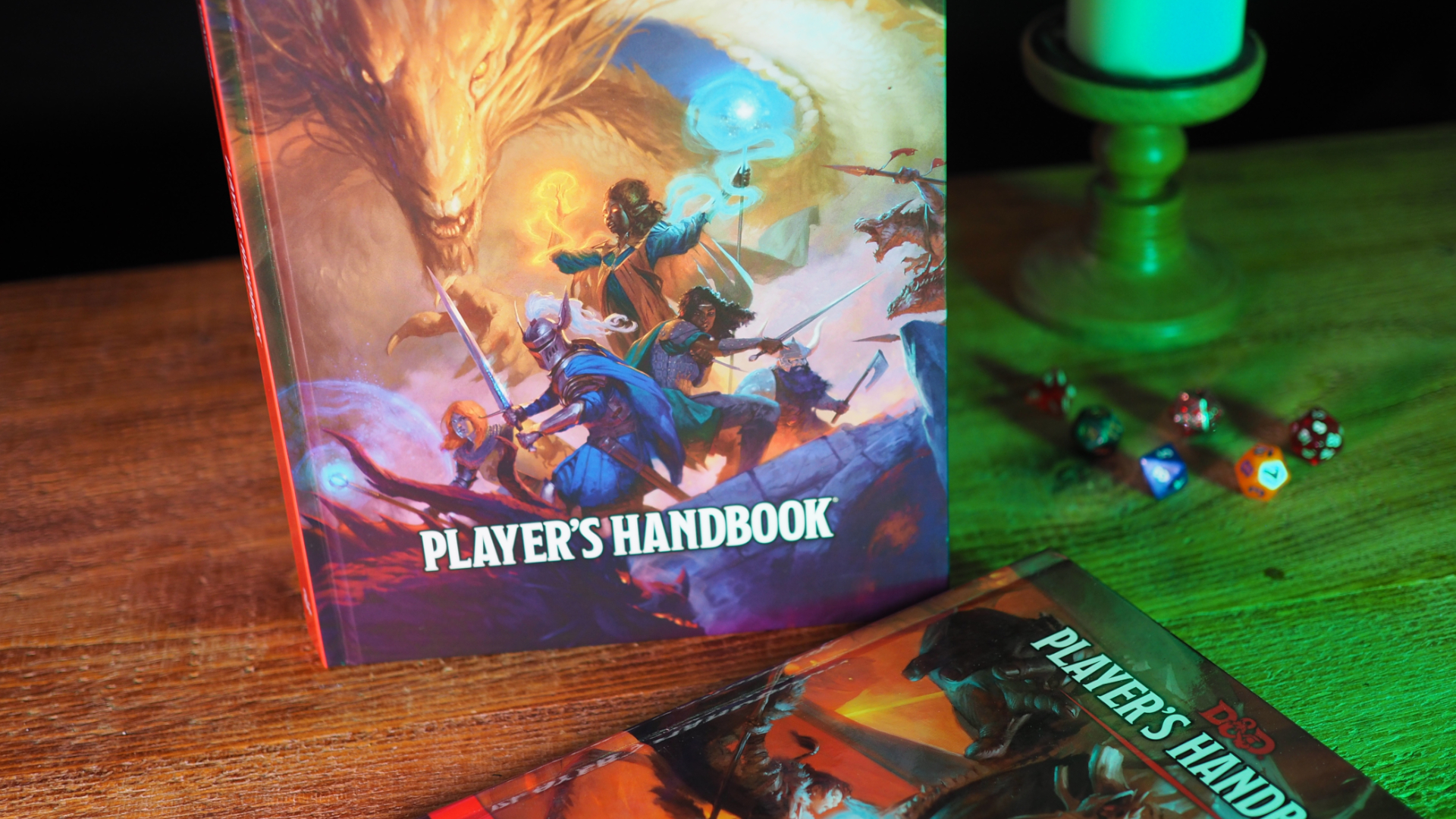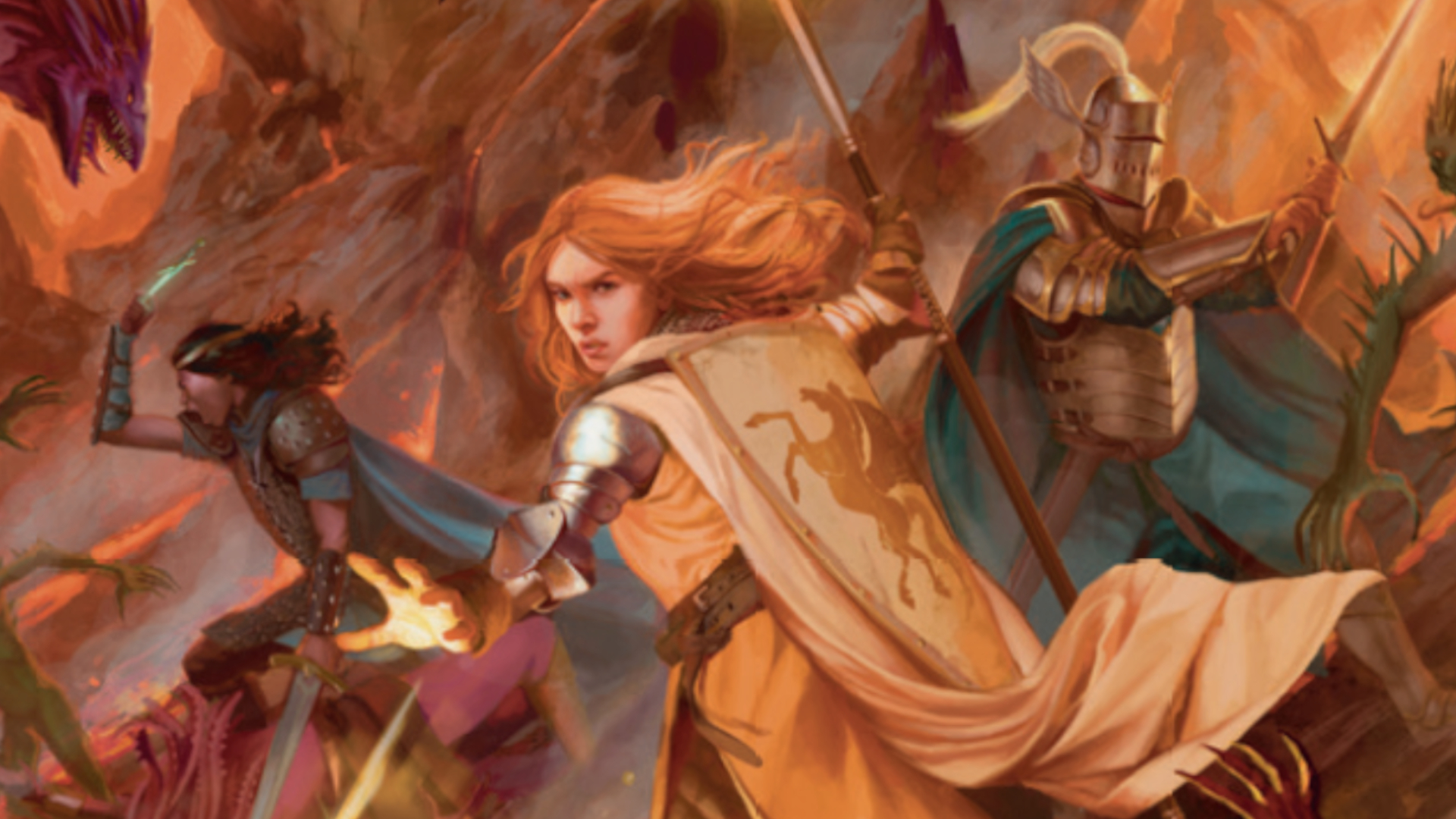I’m most excited to try these D&D 2024 classes, because they make combat so much more interesting
Opinion | These class improvements will right numerous wrongs

D&D has overhauled its core character classes in its new Player’s Handbook, but some classes certainly outshine others.
The 2024 tome features heavily revised versions of all 12 core Dungeons & Dragons classes, and almost all of them have gotten upgrades of some kind with many having more access to their core resources and abilities. However, there are a few classes that I’m more excited to see in action at my D&D table.
One of my recurring frustrations with the 2014 version of D&D 5th Edition despite it being arguably one of the best tabletop RPGs was that some classes felt too one-note and repetitive unless you picked a specific build. Several classes had an “illusion of choice” to them, one that forced the player to either pick the optimal subclass or deal with a character that couldn’t keep up at the table. As someone who almost exclusively runs games as the Dungeon Master, having certain classes at the table meant extra time planning combat sessions to ensure that these characters had something rewarding to do besides smack an enemy a few times and then wait for their next turn to start.
Damage-dealer

For instance, the 2014 Fighter is fantastic at dealing consistent damage at low levels, but it quickly became a boring class unless you picked a subclass that added either spellcasting or Battle Maneuvers to your character’s loadout. With the 2024 rules, all Fighters now have access to a robust Weapon Mastery system that lets players utilize different weapons to impose different effects on enemies. Not only does this mean that a player might want to choose a weapon that deals less damage on a turn, the Fighter is also a tactical expert in any situation thanks to their ability to utilize multiple Weapon Mastery options.
Imagine a Fighter loaded up to the gills with different weapons, all of which now provide more uses than different damage types. When faced with an oncoming horde of enemies, a Fighter can spend their first turn throwing a javelin to slow one foe and reduce its move speed. As their opponents continue their approach, the Fighter can switch over to a Flail on their next turn to sap a foe and impose disadvantage on their next attack rolls, before finally switching over to a Greatsword to more reliably deal damage on the horde’s boss, even if that boss is heavily armored. Not only does the Weapon Mastery system encourage players to carry different weapons, it also helps the Fighter feel like more than a flat damage dealer.

What's new for the 2024 edition of the game? Here's everything different in D&D 2024.
Another underperforming class in the 2014 ruleset was the Monk, as their damage per turn consistently fell short of other martial classes and were reliant on a small pool of resources that players quickly burned through or hoarded. Having a Monk in the party meant either putting a Monk at disadvantage when planning out sessions with multiple combats or pivoting to a combat pace that provided the Monk with options, but also lessened the resource management needs of other classes. The 2024 Monk ruleset effectively doubles the class’s Focus Points (formerly known as Ki in the 2014 ruleset) by letting a Monk restore their entire Focus Point pool at the start of one combat per Long Rest. By providing the Monk with more Focus Points throughout the day, they’re encouraged to use their class abilities more often instead of holding resources back. It also means that a Monk is less likely to be caught with their pants down when the DM wants to throw a surprise encounter on their players. The Monk also received numerous small upgrades, all of which help make the class feel more dynamic and less fragile.
Glorious chaos

Another class I’m intrigued about is the Rogue, which also received a new subsystem to play with. In the 2014 ruleset, the Rogue’s core gameplay focused on opportunistic Sneak Attacks and then moving out of harm’s way. This doesn’t change in the 2024 ruleset, but Hiding rules now have more precise instructions and the Rogue also gains access to a new Cunning Strike subsystem that lets the Rogue do more than deal out massive amounts of damage once per turn. When the Rogue gains the Cunning Strike ability, they can swap out a portion of their Sneak Attack damage to impose some additional effect on their target. At lower levels, players can poison their foe or trip them, while at higher levels they can blind or even temporarily knock out an opponent. Some might complain about a Rogue having a lower damage output compared to other classes, but I think the Cunning Strike subsystem will make the Rogue’s Sneak Attack feel more meaningful.
Sign up to the GamesRadar+ Newsletter
Weekly digests, tales from the communities you love, and more
The 2024 Player’s Handbook might not fix all of Dungeons & Dragons 5th Edition’s issues, but I’m looking forward to the players making combat feel interesting instead of relying on the DM to build around certain class’s shortcomings. I’m sure that players will still lean on reliable builds and strategies in combat, but the new rules provide more options and give players more agency to turn combat into glorious chaos rather than a predictable slog.
Want to know which adventures you should try next? Check out our guide to the best D&D books.

Christian is an experienced freelance journalist who has been covering the tabletop gaming industry for years. He specializes in coverage of Dungeons & Dragons, the Pokemon Trading Card Game, and Warhammer.


